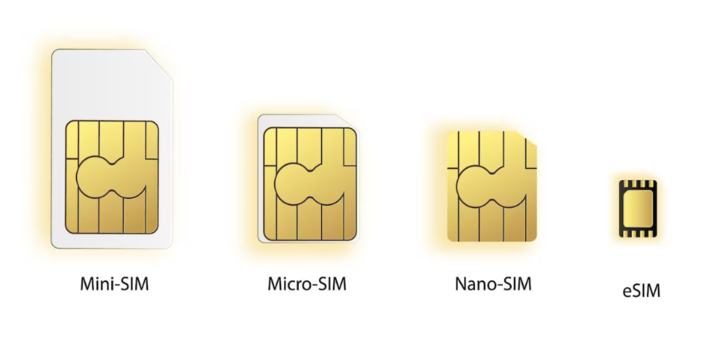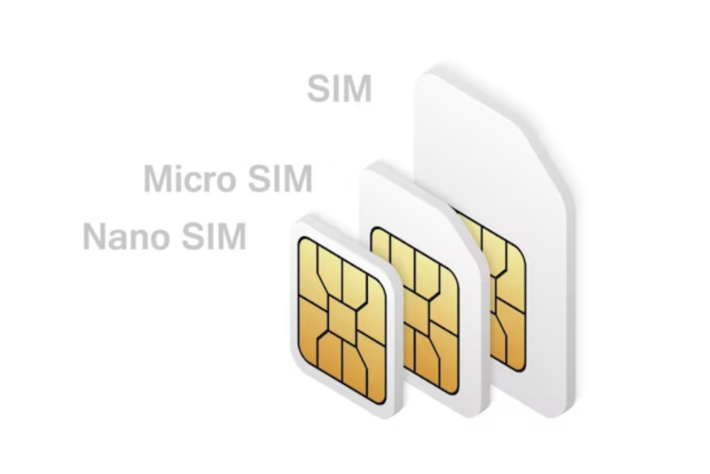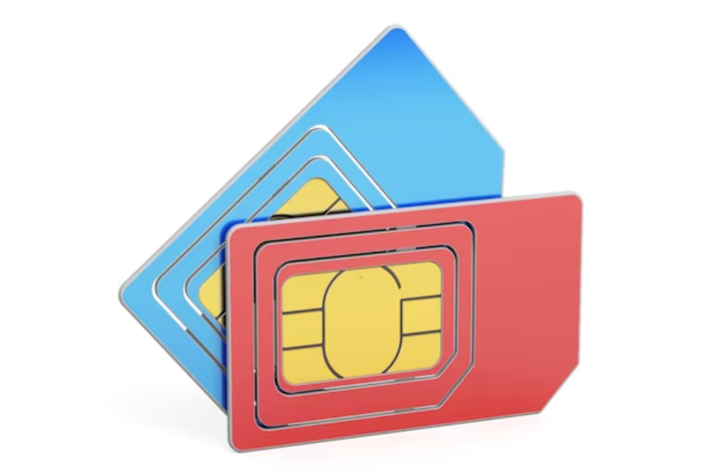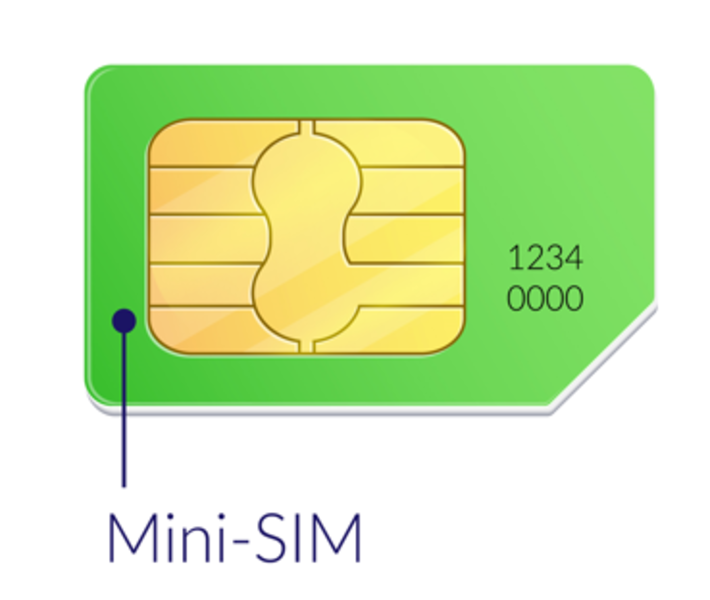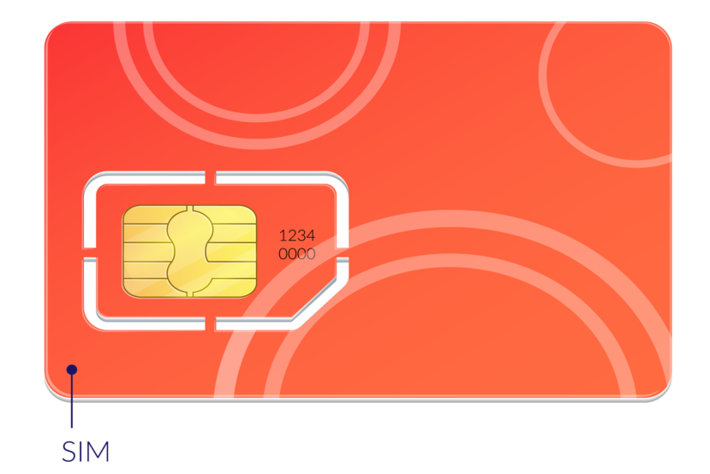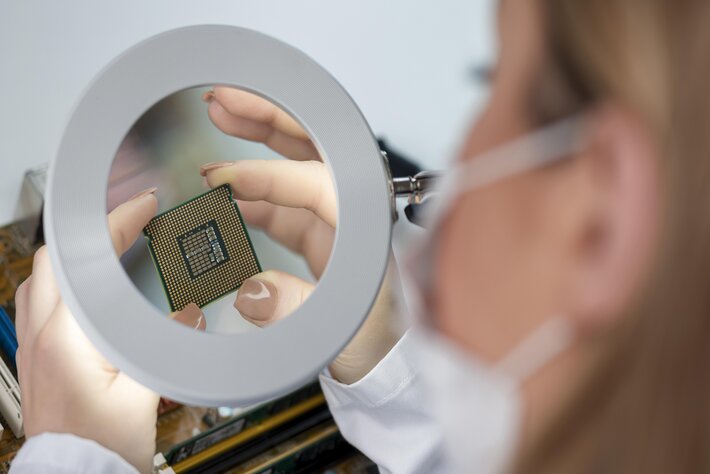SIM
Semtech enhances global connectivity with NTN support in HL78 modules
Semtech Corporation has announced the integration of non-terrestrial network (NTN) support into its HL series LPWA modules, specifically the HL7810 and HL7812. This significant advancement showcases a leap forward in enabling uninterrupted global connectivity even amidst the most challenging conditions.
Read moreEnhance EV charging performance with cellular connectivity
Electric vehicles (EVs) are steadily growing their market share at the expense of internal combustion engine vehicles. The growth is fuelled by several factors. Perhaps most importantly, prices for EVs have started to drop as competition in the industry is intensifying. New players and models are emerging, prompting several established EV makers to lower their
Read moreIoT moves to large deployments
The IoT market is set for continued robust growth up to 2030, writes Robin Duke-Woolley, the chief executive of Beecham Research. According to Statista, almost 30 billion IoT devices are expected to be connected by 2030, up from nearly ten billion in 2020 – a CAGR of nearly 12% over the decade. This includes both
Read moreNavigating the next horizon of SIM technology
With that, we come to the end of this riveting exploration into the evolution of the SIM card. From the format-one SIM cards that resembled credit cards, to the embedded and integrated SIM cards of our future, we have come a long way from the days when the whole device had to fit into your
Read morePart 8 – Remote SIM Provisioning
Remote SIM Provisioning (RSP) stands as a transformative development in telecommunications, reshaping how devices connect to and interact with mobile networks. This technology builds upon the advancements of traditional SIM, eSIM and eUICC technologies, offering an innovative approach to managing mobile network subscriptions. RSP enables users and devices to connect to any network provider remotely,
Read morePart 7 – iSIM Technology
Integrated SIM (iSIM) technology emerges as the latest advancement in the realm of telecommunications, pushing the boundaries of integrated connectivity further than ever before. Building on the foundation laid by its predecessors, including the traditional SIM, eSIM, and eUICC technologies, iSIM represents a significant leap towards more efficient, secure, and streamlined mobile and IoT device
Read morePart 6 – eUICC Technology
Embedded universal integrated circuit card (eUICC) technology represents a significant leap forward in the evolution of SIM card capabilities, setting a new standard for flexibility, efficiency and global connectivity. As an advanced form of embedded SIM (eSIM), eUICC technology offers the dynamic ability to manage multiple network profiles and switch between them remotely, without the
Read morePart 5 – Embedded SIM (eSIM)
The evolution of SIM card technology reached a significant milestone with the introduction of the embedded SIM, or eSIM. This innovative technology represents a paradigm shift in mobile connectivity, moving away from the physical SIM cards to a fully integrated solution. eSIMs mark the beginning of a new era in telecommunications, offering unprecedented flexibility, improved
Read morePart 4 – Nano-SIM (4FF)
With the continuous race for slimmer and more sophisticated smartphones, in the early 2010s Apple unveiled the Nano-SIM or 4FF (Fourth Form Factor) SIM card. Smaller than ever, the Nano-SIM was the most futuristically compact SIM card at the time. The Nano-SIM (4FF) was developed to meet industry demands for even more compact designs without
Read moreIoT demands greater simplification, more orchestration and the right level of security for each use case
Robin Duke-Woolley, the chief executive of Beecham Research, recently had a video interview with Remi de Fouchier, the vice president of strategy, marketing and innovation at Thales’ Digital Identity and Security Business, which can be viewed here. In the interview, de Fouchier shared his response to the latest trends in IoT and highlighted how Thales
Read morePart 3 – Micro-SIM (3FF)
Continuing evolution and miniaturisation of mobile devices required a reduction in SIM card sizes, which were later replaced by the Micro-SIM or 3FF (Third Form Factor) SIM card at the end of the first decade of the 21st century. The micro-SIM was introduced with the smartphone revolution as enhanced and more powerful mobile devices were
Read morePart 2 – Mini-SIM (2FF)
When the telecoms industry went mobile, there was a huge leap between the first generation of cards and the mini-SIM, or 2FF (Second Form Factor) SIM card. As mobile phones shrank in size and increased in functionality, and when smartphones started replacing desktop computers, the SIM size needed a matching makeover. The first generation of
Read morePart 1 – First-generation SIM cards (1FF)
The telecommunications industry will never be the same again. SIM cards celebrate 20 years of the mobile revolution with the true story of the 1FF First-Generation SIM. From its very precise origins to its odds-defying characteristics, the 1FF SIM rightly warrants its designation as ‘The Mother of All SIMs’.
Read moreThe evolution of SIM cards in 8 parts
Buried beneath a buzzing smartphone, sim cards are still keeping us connected – and safe In the turbulent world of telecoms, there is still one thing that’s stood the test of time – the sim card. While the most common components of a phone have undergone radical transformations ever since their humble beginnings, the accelerating
Read moreEdge SIM debuts at MWC 2024
Console Connect is set to influence the landscape of secure IoT and cloud connectivity at the 2024 Mobile World Congress (MWC) in Barcelona with Edge SIM. By using advancements in software-defined networking (SDN), Edge SIM provides the world’s first mobile connectivity solution that bypasses the public internet and instead routes traffic via an automated, secure
Read moreNeue and Kigen offers sensor-as-a-service for IoT development
Neue announces its sensor as a service offering that integrates a security out-of-the-box from Kigen to reduce product development hurdles for companies seeking cutting-edge connectivity solutions, enabling the development of connected products. The combination of the answers that address two principal challenges faced by product designers looking to industrialise always-on, connected products, the no-code, quick
Read more





